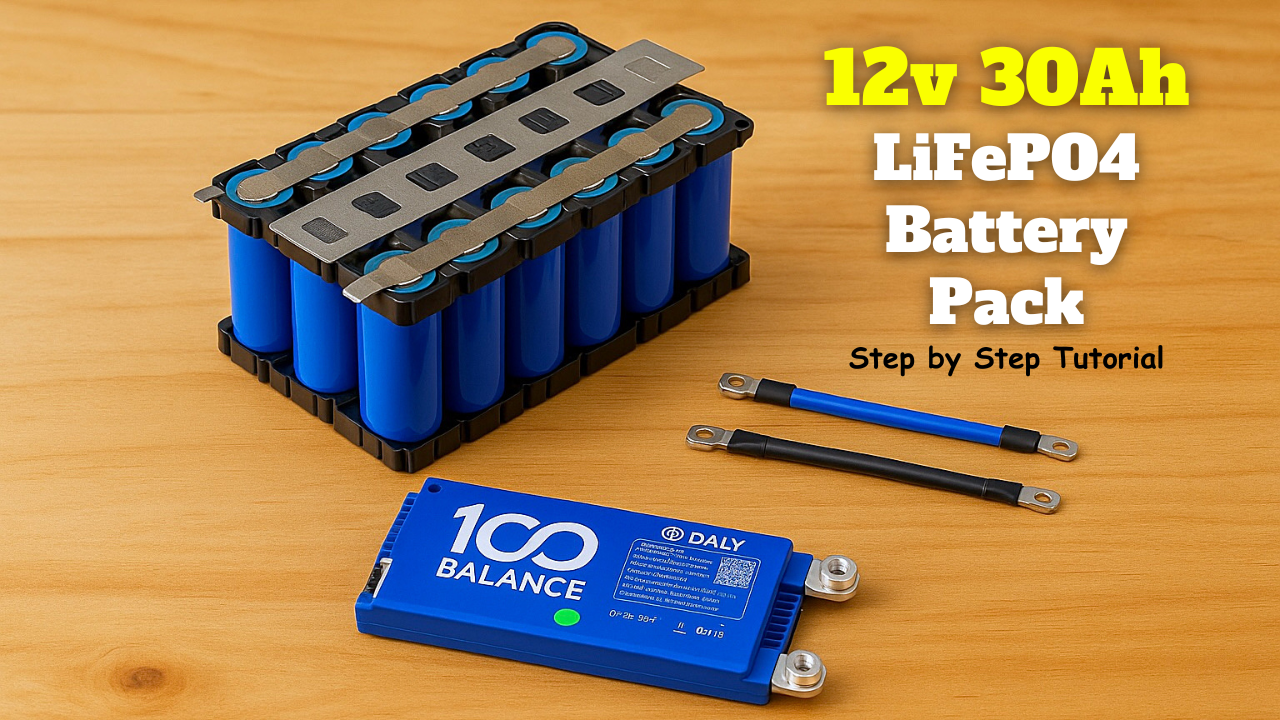An electronic clock is a type of clock that uses electronic devices to display the time. It relies on a quartz crystal oscillator or a digital circuit to accurately keep time, unlike mechanical clocks which use gears and springs. Electronic clocks typically feature a digital display, showing the time in numeric format using LED or LCD technology. They often include additional features such as:
- Alarm functions
- Date and day display
- Timer and stopwatch functions
- Automatic time setting via radio signals (in radio-controlled clocks)
- Battery backup or power-saving modes
Electronic clocks are widely used in various forms, including:
- Wristwatches
- Desk clocks
- Wall clocks
- Mobile devices (smartphones, tablets)
- Computers and laptops
They offer high accuracy, low maintenance, and affordability, making them a popular choice for everyday use. Electronic clocks have revolutionized the way we keep time, providing a convenient and precise way to stay on schedule.
Components Used :
- DS1302 IC
- STC15W
- 8550 Transistor * 4
- 10k ohm * 7
- 330 ohm * 8
- Button cell 3v
- Buzzer
- ic holder
- LDR Sensor
- Switch
- 0.22uf * 2
- 0.1uf
- Crystal oscillator
- DC Power jack
- 5v Power Supply
JLCPCB:
48-Hour Turnaround for 6 Layer PCBs!

$0 for 2u” ENIG. Free Via-in-Pad. High Precision. Sign Up to Get $60 New User Coupons.

How To Order PCB
Seven Segments Display
A seven-segment display is an electronic display device used to show decimal numerals and some alphabetic characters. It consists of seven individual segments arranged in a rectangular fashion, typically in an elongated “8” configuration. Each segment is an LED (Light Emitting Diode) or LCD (Liquid Crystal Display) that can be lit independently to form different numbers and characters.

The segments are labeled from A to G, with an optional eighth segment (the decimal point) sometimes included for displaying non-integer values. By illuminating specific combinations of these segments, the display can represent numbers from 0 to 9 and some letters. For example, to display the number “2”, segments A, B, G, E, and D are illuminated.
Seven-segment displays are widely used in digital clocks, calculators, basic electronic meters, and other devices that show numerical information. They are favored for their simplicity, low cost, and ease of integration into various electronic circuits. While more advanced display technologies like dot-matrix and OLED screens offer higher resolution and flexibility, seven-segment displays remain popular for applications where only numeric output is needed and cost or power consumption is a concern.


STC15W408AS
The STC15W408AS is a high-performance microcontroller produced by STC (Shanghai Tianchen Microelectronics). It is based on the 8051 architecture, a widely used microcontroller architecture known for its simplicity and versatility. The STC15W408AS is part of the STC15 series, which is designed to offer enhanced features and improved performance compared to traditional 8051 microcontrollers.

Key features of the STC15W408AS include:
- Enhanced 8051 Core: The microcontroller operates at speeds up to 35 MHz, significantly faster than the original 8051.
- Memory: It comes with 8KB of Flash memory for program storage and 512 bytes of SRAM for data storage, making it suitable for a variety of embedded applications.
- Peripherals: It includes multiple timers, serial communication interfaces (UARTs), and analog-to-digital converters (ADCs). These peripherals enable it to interact with various sensors, actuators, and other devices.
- I/O Ports: The microcontroller provides several general-purpose input/output (GPIO) ports, allowing it to interface with external components and devices.
- Low Power Consumption: The STC15W408AS is designed for low power consumption, making it ideal for battery-operated applications.
The STC15W408AS is commonly used in consumer electronics, industrial control systems, and other embedded systems that require reliable and efficient processing capabilities. Its combination of high speed, ample memory, and versatile peripherals makes it a robust solution for a wide range of applications.


DS1302
The DS1302 is a real-time clock (RTC) integrated circuit (IC) designed by Maxim Integrated. It is used for keeping accurate time and date information in electronic systems. The chip can track seconds, minutes, hours, day, date, month, and year, with leap-year compensation valid up to the year 2100.

Key features of the DS1302 include:
- Trickle-Charge Capability: It has a built-in trickle charger for maintaining the battery when the main power is off, which prolongs the battery life.
- Low Power Consumption: The DS1302 consumes very low power, making it suitable for battery-operated systems. It operates in the range of 2.0V to 5.5V.
- Serial Communication: The RTC uses a simple serial interface to communicate with the microcontroller, reducing the number of required pins. It operates with a three-wire SPI (Serial Peripheral Interface) protocol.
- Clock and Calendar Functions: It provides accurate timekeeping for seconds, minutes, hours, day of the week, date, month, and year. The hours can be set in 24-hour or 12-hour format with an AM/PM indicator.
- RAM: The DS1302 includes 31 bytes of static RAM, which can be used for temporary data storage.
The DS1302 is widely used in applications requiring precise timekeeping, such as digital clocks, time-stamped data logging, and other time-critical embedded systems. Its ease of use, low power consumption, and reliable timekeeping make it a popular choice in consumer electronics, industrial automation, and portable devices.
More Projects
-
Building a 12v 30Ah Lithium Battery Pack – Step by Step!
Building an 4S (4 series) LiFePO4 battery pack using 32140 LiFePO4 cells and a Daly Battery Management System (BMS). If you’re planning your own DIY power storage project, this guide …
-
Building a 12v 60Ah Battery Pack – Step by Step!
Building an 4S (4 series) LiFePO4 battery pack using 32140 LiFePO4 cells and a Daly Battery Management System (BMS). If you’re planning your own DIY power storage project, this guide …
-
Metal Detector Circuit
A metal detector is an electronic device that detects the presence of metal nearby. It works by using electromagnetic fields to sense metal objects—either on or below the ground or …



